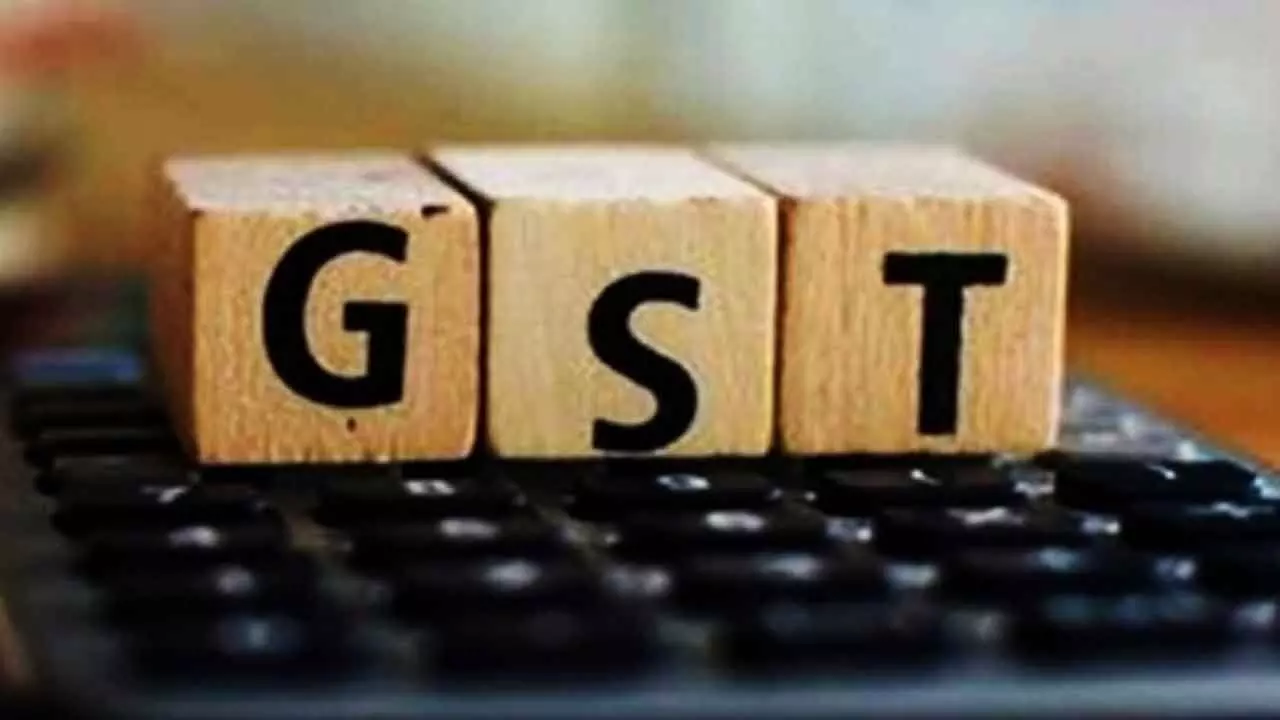The GST conundrum: Are Taxes A Boon Or Bane For The Economy?
The GST conundrum: Are Taxes A Boon Or Bane For The Economy?

Goods and Service Tax (GST) is the common indirect tax applicable on most products and services that are used in everyday life. GST was first introduced in 2017. To understand the impact of GST and to determine whether the policy change has been good or bad, it is essential to understand how things functioned before and after its implementation. Earlier, we had VAT or ‘value added tax’, service tax and excise duty tax, among others. VAT was introduced in 2005 by the Indian government with a similar intention to unify the Indian tax system. VAT is also a form of indirect tax. However, it was not uniform and varied from state to state, defeating its very purpose. Every state had its own municipality, making it even more cumbersome to calculate taxes and they also led to higher tax rates. There was also no reliable source to claim tax credits on services. One had to jump through hoops to get a simple thing done. Hence GST was introduced in 2017 as part of a tax reform. This was brought into motion to achieve the ‘one nation, one tax’ goal; eliminate the avalanche of taxes and procedures, promote online payment procedures and smoothen the functioning of municipal bodies overall; reduce tax evasion, increase competitive prices and also consumption.
The GST mode of tax payment and collections made a significant impact on products, reducing the amount of resources spent on the previous tax collections as well, making the procedure much more user-friendly and also bringing about some degree of uniformity in the indirect tax department. With the government failing to set up appropriate portals and infrastructure to handle GST implementation, many issues cropped up. The major one was the confusion it created among businesses since most business models were tuned to the existing VAT regime. As a result, the Business Confidence Index has dropped considerably. Another disadvantage of GST has been the slowing down effect it has caused on the GDP. This has occurred due to changes in existing business practices and the confusion related to GST in the minds of entrepreneurs.
After almost five years of implementation, many major issues still remain and the GST system has undergone nearly 700 minor changes since its implementation. It promised to boost the GDP and provide the much needed funds to state governments. However, the GDP has actually dropped ever since GST implementation. The central government only released partial funds to the state governments after the Covid-19 pandemic and states, in desperate need of funds, creating a huge debt of funds to be given to the state governments for the year 2020-21. It is important to note that implementing any major policy reform is tedious and time-consuming. The government needs to have the right intentions by charging a percentage that could benefit the public and not focus only on increasing their revenue. In view of snail-paced results, the GST system needs to be overhauled by experts so as to benefit the country in the long term and provide benefits to citizens in the long run.

